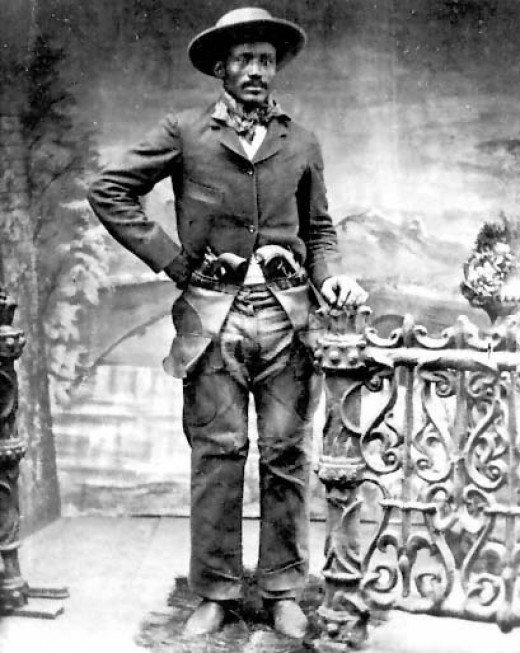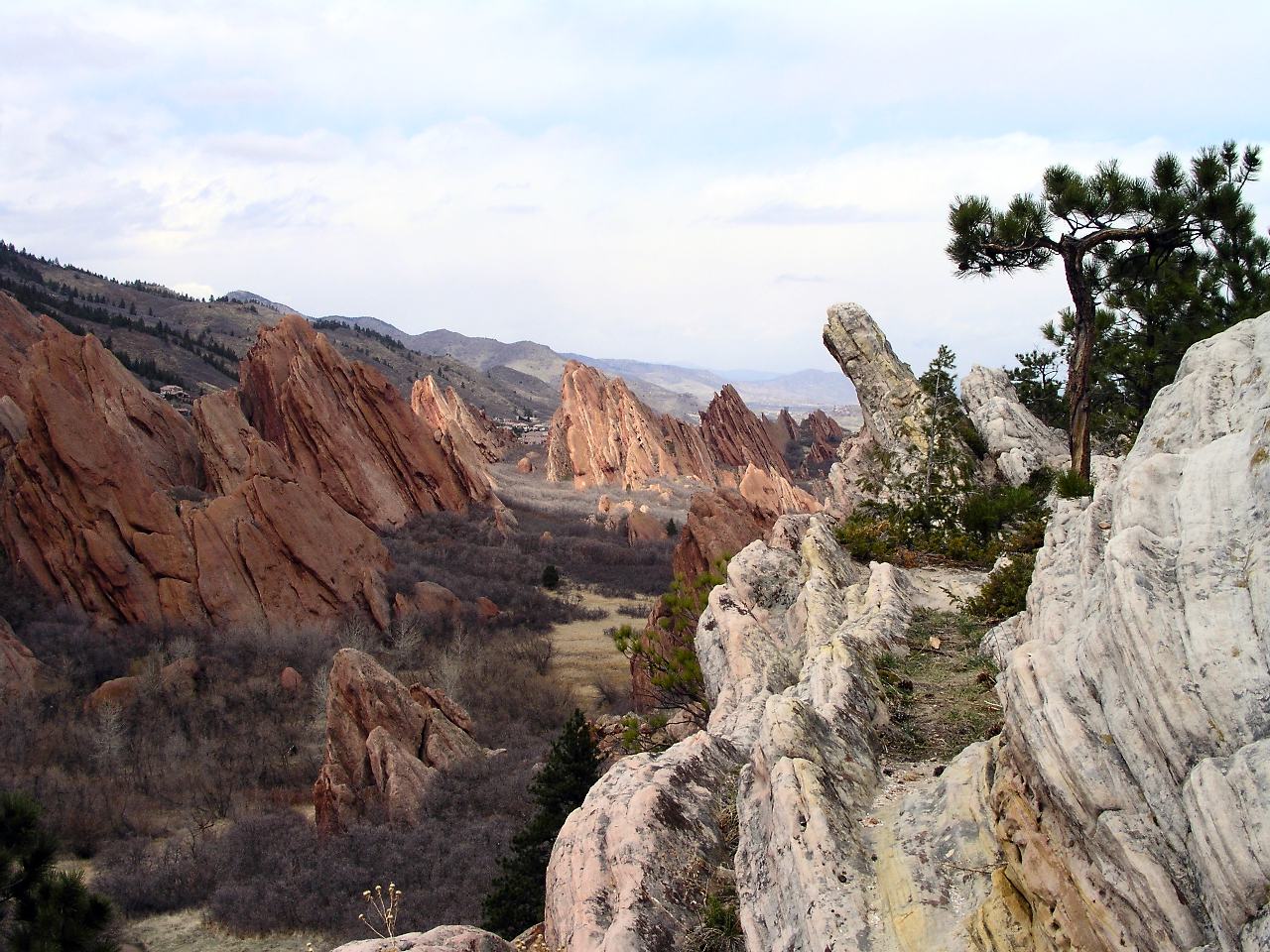|
Cold Spring Mountain
Cold Spring Mountain is a summit in Moffat County, Colorado. It was also known as O-WI-YU-KUTS Plateau. It is on the United States Geological Survey (USGS) topographic maps of Sparks, Beaver Basin, Willow Creek Butte, Big Joe Basin, and Irish Canyon. West Cold Spring Wilderness Study Area In 1980, the West Cold Spring Wilderness Study Area was established by the Bureau of Land Management (BLM). It includes 3,200 acres in Daggett County, Utah and 18,036 acres in Moffat County, Colorado. It is about 65 miles northwest of Maybell and 95 miles northwest of Craig, Colorado. Little Snake is the designated BLM field office. Backpacking, hiking, fishing, camping and hunting are activities to be enjoyed at West Cold Spring. It is on the western portion of the south-facing slopes and deep draws and canyons through the O-Wi-Yu-Kuts Plateau, and forming ridges and plateaus on the northern side of the Green River valley. The elevation range is from ~5,749 to ~8,212 feet. There is a range o ... [...More Info...] [...Related Items...] OR: [Wikipedia] [Google] [Baidu] |
Moffat County, Colorado
Moffat County is a county located in the U.S. state of Colorado. As of the 2020 census, the population was 13,292. The county seat is Craig. With an area of 4,751 square miles, it is the 2nd largest county by area in Colorado, behind Las Animas County. Moffat County comprises the Craig, CO Micropolitan Statistical Area, which is also included in the Steamboat Springs-Craig, CO Combined Statistical Area. History Displacement of the Native People The first recorded humans in northwestern Colorado were the Ute tribes. The Spanish expedition of Dominguez-Escalante of 1776 reached just south of what would be Moffat County and noted the area and inhabitants, but did not offer detailed information. In the early 1820s, William H. Ashley organized a major expedition of trappers into the Green River area of the county beginning the first use of the area's resources by Europeans. John C. Freemont would lead the first organized exploration of Moffat County on his return from C ... [...More Info...] [...Related Items...] OR: [Wikipedia] [Google] [Baidu] |
Mountain Lion
The cougar (''Puma concolor'') is a large cat native to the Americas. Its range spans from the Canadian Yukon to the southern Andes in South America and is the most widespread of any large wild terrestrial mammal in the Western Hemisphere. It is an adaptable, generalist species, occurring in most American habitat types. This wide range has brought it many common names, including puma, mountain lion, catamount and panther (for the Florida sub-population). It is the second-largest cat in the New World, after the jaguar (''Panthera onca''). Secretive and largely solitary by nature, the cougar is properly considered both nocturnal and crepuscular, although daytime sightings do occur. Despite its size, the cougar is more closely related to smaller felines, including the domestic cat (''Felis catus'') than to any species of the subfamily Pantherinae. The cougar is an ambush predator that pursues a wide variety of prey. Primary food sources are ungulates, particularly deer, but it ... [...More Info...] [...Related Items...] OR: [Wikipedia] [Google] [Baidu] |
Pinkerton (detective Agency)
Pinkerton is a private security guard and detective agency established around 1850 in the United States by Scottish-born cooper Allan Pinkerton and Chicago attorney Edward Rucker as the North-Western Police Agency, which later became Pinkerton & Co, and finally the Pinkerton National Detective Agency. It is currently a subsidiary of Securitas AB. Pinkerton became famous when he claimed to have foiled a plot to assassinate president-elect Abraham Lincoln in 1861. Lincoln later hired Pinkerton agents to conduct espionage against the Confederacy and act as his personal security during the Civil War.p. 43 The Pinkerton National Detective Agency hired women and minorities from its founding, a practice uncommon at the time, as they were useful as spies. At the height of their power, the Pinkerton Detective Agency was the largest private law enforcement organization in the world. Following the Civil War, the Pinkertons began conducting operations against organized labor. During the ... [...More Info...] [...Related Items...] OR: [Wikipedia] [Google] [Baidu] |
Tom Horn
Thomas Horn Jr., (November 21, 1860 – November 20, 1903) was an American scout, cowboy, soldier, range detective, and Pinkerton agent in the 19th-century and early 20th-century American Old West. Believed to have committed 17 killings as a hired gunman throughout the West, Horn was convicted in 1902 of the murder of 14-year-old Willie Nickell near Iron Mountain, Wyoming. Willie was the son of sheep rancher Kels Nickell, who had been involved in a range feud with neighbor and cattle rancher Jim Miller. On the day before his 43rd birthday, Horn was executed by hanging in Cheyenne, Wyoming. While in jail, he wrote his autobiography, ''Life of Tom Horn: Government Scout and Interpreter'', which was published posthumously in 1904. Numerous editions have been published in the late 20th century. Horn has since become a larger-than-life figure of western folklore, and debate continues as to whether he was actually guilty of Nickell's murder. Early life Thomas Horn Jr., known as " ... [...More Info...] [...Related Items...] OR: [Wikipedia] [Google] [Baidu] |
Isom Dart
Isam Dart (1858–October 3, 1900), also known as Isom, was a cattle driver, rancher, and horse and cattle rustler during the late 19th century in the American frontier, Wild West. He settled in Browns Park in northwestern Colorado, where he was considered by his neighbors to be a "superlative rider and roper, a good neighbor, and an expert and industrious cattle thief." He and his partner Mat Rash were gunned down in separate events and were believed to have been assassinated by Tom Horn, a hired gunman. In 1927, a biographical fiction book about a Black cowboy was published that erroneously stated that Dart was born in Arkansas nine years before his birth. It also incorrectly stated that Dart also went by the name Ned Huddleston. Early years According to the Museum of Northwest Colorado, Dart was born in Texas about 1858. His father was Cyrus (also Silas) Dart, a farmer in Seguin, Texas. He had a sister and two brothers. The family lived amongst a diverse community of Hispanics, ... [...More Info...] [...Related Items...] OR: [Wikipedia] [Google] [Baidu] |
History Of Colorado
The region that is today the U.S. State of Colorado has been inhabited by Native Americans and their Paleoamerican ancestors for at least 13,500 years and possibly more than 37,000 years. The eastern edge of the Rocky Mountains was a major migration route that was important to the spread of early peoples throughout the Americas. The Lindenmeier site in Larimer County contains artifacts dating from approximately 8720 BCE. When explorers, early trappers, hunters, and gold miners visited and settled in Colorado, the state was populated by American Indian nations. Westward expansion brought European settlers to the area and Colorado's recorded history began with treaties and wars with Mexico and American Indian nations to gain territorial lands to support the transcontinental migration. In the early days of the Colorado gold rush, Colorado was a Territory of Kansas and Territory of Jefferson. On August 1, 1876, Colorado was admitted as a state, maintaining its territorial b ... [...More Info...] [...Related Items...] OR: [Wikipedia] [Google] [Baidu] |
List Of Prehistoric Sites In Colorado
This list of prehistoric sites in Colorado includes historical and archaeological sites of humans from their earliest times in Colorado to just before the Colorado historic period, which ranges from about 12,000 BC to AD 19th century. The Period is defined by the culture enjoyed at the time, from the earliest hunter-gatherers, the Paleo-Indians, through to the prehistoric parents to the modern Native Americans. There were more than 56,500 recorded prehistoric sites in Colorado by 1996. Important historic and archaeological sites are registered nationally with the National Register of Historic Places (National register) and within the state's Colorado State Register of Historic Properties (State register). Most of the sites below are registered in one more both registers and was the source for most of the information for this section: [...More Info...] [...Related Items...] OR: [Wikipedia] [Google] [Baidu] |
Ute People
Ute () are the Indigenous people of the Ute tribe and culture among the Indigenous peoples of the Great Basin. They had lived in sovereignty in the regions of present-day Utah and Colorado in the Southwestern United States for many centuries until European settlers conquered their lands. The state of Utah is named after the Ute tribe. In addition to their ancestral lands within Colorado and Utah, their historic hunting grounds extended into current-day Wyoming, Oklahoma, Arizona, and New Mexico. The tribe also had sacred grounds outside their home domain that were visited seasonally. There were 12 historic bands of Utes. Although they generally operated in family groups for hunting and gathering, the communities came together for ceremonies and trading. Many Ute bands were culturally influenced by neighboring Native American tribes and Puebloans, whom they traded with regularly. After contact with early European colonists, such as the Spanish, the Ute formed trading relatio ... [...More Info...] [...Related Items...] OR: [Wikipedia] [Google] [Baidu] |
Shoshone
The Shoshone or Shoshoni ( or ) are a Native American tribe with four large cultural/linguistic divisions: * Eastern Shoshone: Wyoming * Northern Shoshone: southern Idaho * Western Shoshone: Nevada, northern Utah * Goshute: western Utah, eastern Nevada They traditionally speak the Shoshoni language, part of the Numic languages branch of the large Uto-Aztecan language family. The Shoshone were sometimes called the Snake Indians by neighboring tribes and early American explorers. Their peoples have become members of federally recognized tribes throughout their traditional areas of settlement, often co-located with the Northern Paiute people of the Great Basin. Etymology The name "Shoshone" comes from ''Sosoni'', a Shoshone word for high-growing grasses. Some neighboring tribes call the Shoshone "Grass House People," based on their traditional homes made from ''sosoni''. Shoshones call themselves ''Newe'', meaning "People".Loether, Christopher"Shoshones."''Encyclopedia of the Gr ... [...More Info...] [...Related Items...] OR: [Wikipedia] [Google] [Baidu] |
Prehistory Of Colorado
Prehistory of Colorado provides an overview of the activities that occurred prior to Colorado's recorded history. Colorado experienced cataclysmic geological events over billions of years, which shaped the land and resulted in diverse ecosystems. The ecosystems included several ice ages, tropical oceans, and a massive volcanic eruption. Then, ancient layers of earth rose to become the Rocky Mountains. Before humans, the dinosaur, mammoth, mastodon, camelops, and giant bison foraged for food in a verdant land. During the Ice Age summer, humans walked into the present Colorado area as they followed and hunted large animals. The ancient hunters, the Paleo-Indians, evolved into modern Native American nations. The first people in Colorado were nomads, following and hunting large mammals using the Clovis point. As Megafauna became extinct, people adapted by hunting smaller animals, gathering wild plants, and cultivating food, such as maize. As the natives became more sedentary, ther ... [...More Info...] [...Related Items...] OR: [Wikipedia] [Google] [Baidu] |
Fauna
Fauna is all of the animal life present in a particular region or time. The corresponding term for plants is ''flora'', and for fungi, it is '' funga''. Flora, fauna, funga and other forms of life are collectively referred to as '' biota''. Zoologists and paleontologists use ''fauna'' to refer to a typical collection of animals found in a specific time or place, e.g. the "Sonoran Desert fauna" or the "Burgess Shale fauna". Paleontologists sometimes refer to a sequence of faunal stages, which is a series of rocks all containing similar fossils. The study of animals of a particular region is called faunistics. Etymology ''Fauna'' comes from the name Fauna, a Roman goddess of earth and fertility, the Roman god Faunus, and the related forest spirits called Fauns. All three words are cognates of the name of the Greek god Pan, and ''panis'' is the Greek equivalent of fauna. ''Fauna'' is also the word for a book that catalogues the animals in such a manner. The term was first used b ... [...More Info...] [...Related Items...] OR: [Wikipedia] [Google] [Baidu] |









